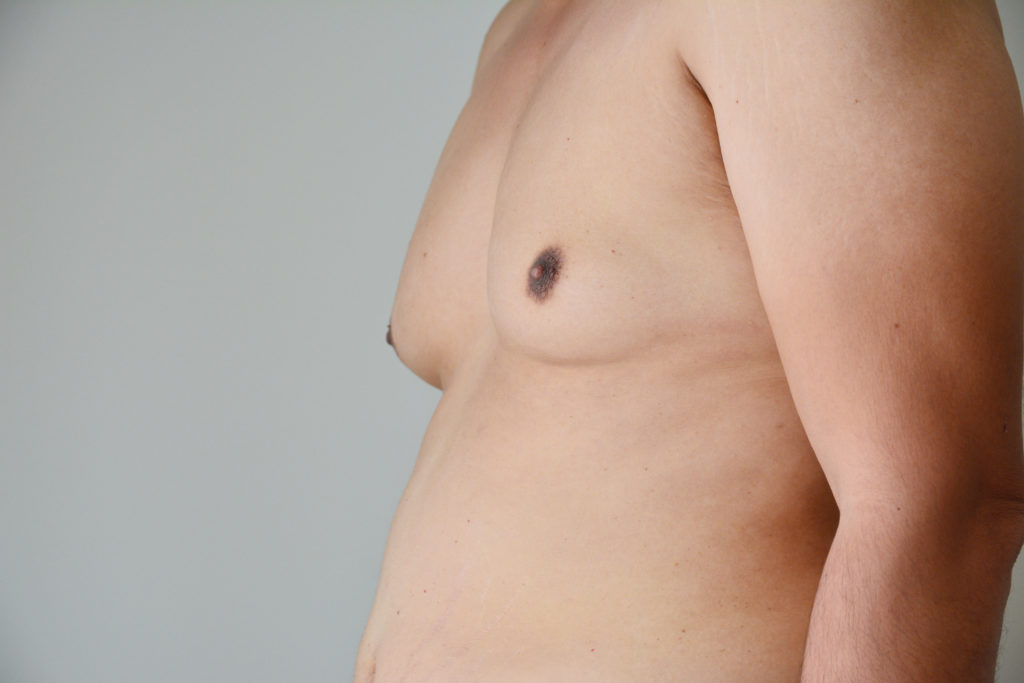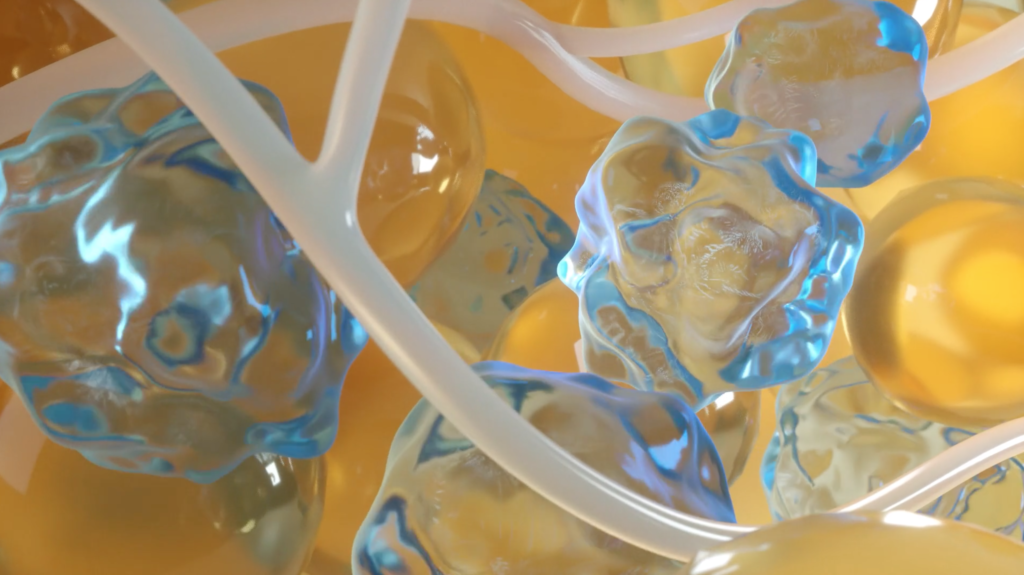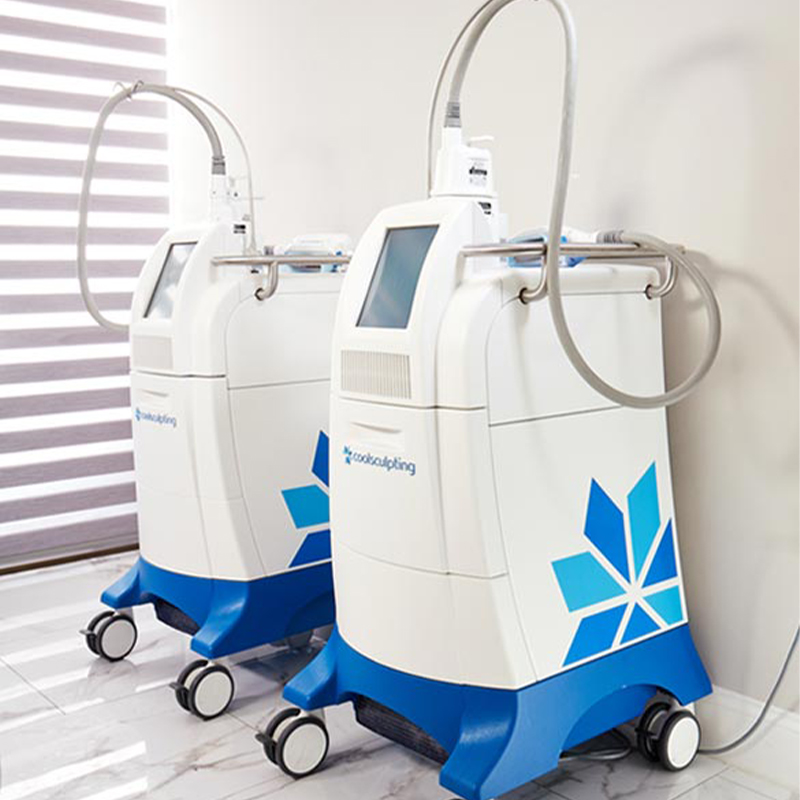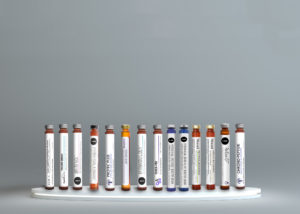JUMP IN.
Everything You Need To Know About CoolSculpting For Gynecomastia
Coolsculpting For Gynecomastia: A New Approach
By Dr. Nicholas Crawford
Not everyone will know what the term “gynecomastia” means. But there’s a good chance that if you do- you’re either familiar with it on a personal level, or you’re trained in the medical field.
If you’re unfamiliar with this term, you’ve probably heard the condition called by other names: “man boobs,” or sometimes “moobs.”
Unfortunately, any of the above terms is enough to make a guy feel uncomfortable. There’s no escaping the fact that this condition can bring intense psychosocial discomfort, anxiety, and decreased self-confidence to those men suffering from it.
For men out there who are looking for a solution for their gynecomastia (a common problem that may effect up to 40% of men at some point in their lives) it’s important to first understand what causes this condition. Furthermore, it’s important to understand the available treatment options, especially newer non-surgical fat-reduction techniques such as CoolSculpting which can be used to treat certain forms of gynecomastia.

Distinguising True Gynecomastia Vs Pseudo-Gynecomastia
Before we go further, it’s important to differentiate true gynecomastia from pseudo-gynecomastia:
- True gynecomastia is defined as abnormal enlargement of glandular male breast tissue. There are numerous, complex causes for this (read below). Treatment may involve medical therapy or even surgical mastectomy. Treatment with something like CoolSculpting is ineffective here, as the underlying problem is often hormonal-based, and involves enlargement of glandular tissue- not fat cells.
- Pseudo-gynecomastia has a similar physical appearance to gynecomastia, but is a result of excessive fat deposition (as opposed to glandular proliferation.) This from of gynecomastia occurs most frequently in obese men. Treatments such as surgical liposuction and CoolSculpting are effective here, because the underlying problem involves fat cells, and not glandular tissue.

Why It’s So Important To Differentiate True Gynecomastia From Pseudo-Gynecomastia
The reason it’s so important to differentiate between these two conditions is because the workup and the treatment approach for each is totally different. True gynecomastia can be a sign of a severe underlying medical condition, and should be evaluated thoroughly by a medical professional. To give you a sense of the complexity involved, here’s a list of some of the conditions that can lead to true gynecomastia: cirrhosis of the liver; male hypogonadism; prolactin-secreting pituitary adenomas; hyperthyroidism; renal failure; dialysis; marijuana use; medications (such as cimetidine, metronidazole, spironolactone, nifedipine, finasteride) and many more!
A qualified medical provider will be able to perform a careful physical exam and determine whether your gynecomastia is glandular in origin, or is simply excessive fatty tissue in that area. If needed, they’ll guide you with further laboratory, imaging, or diagnostic testing.
So What Can Be Done About Gynecomastia?
If you’re found to have true gynecomastia, treatment may vary according to the cause, duration and severity of your symptoms. In some instances, careful monitoring may be all that’s needed. In other cases, surgical mastectomy may be needed to remove the glandular tissue.
If your condition is determined to be pseudogynecomastia due to excess fat accumulation in the lower pectoralis area, the treatment approach may be more straightforward. Initial steps often include optimizing your lifestyle, diet and exercise program. These are fundamental starting points for transforming your body. These changes will help you lose weight, and will thereby help improve your gynecomastia.
If you’ve already made these changes, but are still feeling embarrassed by your “man boobs,” you’re not alone- you have additional options:
- Surgical liposuction, which uses a minimally invasive technique to remove the stubborn fat areas.
- Non-surgical fat reduction, for example with CoolSculpting, which safely eliminates fat cells by freezing them away.
Both of the above therapies are effective at reducing stubborn fat bulges in treated areas. The main differences between the two involve the risks, cost, and recovery time of each.
Surgery for gynecomastia costs between $3,000-$4,000. As with any surgical procedure, there’s a small risk of infection and bleeding. You’ll have a short 1-2 week recovery period while your incisions heal.
CoolSculpting treatment for gynecomastia costs about $1,500-2,500. There’s no risk of bleeding or infection because it’s non-surgical. You can return to usual activity immediately following your treatment.
Why Non-Surgical Fat Treatments Are A Game Changer In Treating (Pseudo) Gynecomastia
Before the advent of non-surgical fat-reduction techniques like CoolSculpting, options for treating pseudo-gynecomastia were basically limited to surgery only.
As more and more men have begun to search for safe and effective treatment options for this common problem, providers have developed a better understanding of what non-surgical treatments work best for patients.
In terms of non-surgical fat reduction, CoolSculpting is the obvious worldwide leader in this category. There’s no mistake that Allergan (the heavyweight behind brands like Botox and Juvederm) scooped up the CoolSculpting brand in 2017, and incorporated it under their wide umbrella of non-surgical treatments.
The science behind CoolSculpting is really what drives it. CoolSculpting uses patented “cryolipolysis” technology to induce controlled cooling of fat cells that lie just under the surface of the skin. Once these fat cells are frozen, they undergo natural cell death and are eliminated by the body’s lymphatic system. Because fat freezes at a different temperature than water, the surrounding muscle, nervous, and skin tissues remain unharmed. An elegant (and cool) solution!
Coolsculpting is FDA cleared to treat up to nine different body areas. There are hundreds of studies documenting its safety and efficacy, and there have been more than 7 million treatments performed worldwide.

What To Expect During Coolsculpting Treatment
You’ll start with a brief consultation with your CoolSculpting provider. You’ll discuss your medical history, diet, and exercise program, and your overall aesthetic goals. Your provider will examine the breast tissue and demarcate the treatment areas.
The cooling applicators will be carefully placed onto the treatment areas. A single treatment session usually lasts about 45 minutes, with minimal discomfort. Dual CoolSculpting machines are helpful for treating both sides simultaneously, allowing you to complete the session quicker.
A brief 2-minute manual massage is performed at the end of each treatment cycle to help break apart the frozen fat cells. There’s no downtime, so you’ll be able to resume regular activity immediately.
What To Expect After Coolsculpting Treatment
You may have some mild soreness, tenderness, bruising or even swelling in the treated area. These symptoms are normal, and will self-resolve in 1-2 weeks.
You may start to see results as early as 3-4 weeks after your first treatment session. You should see peak results by 2 months. Most patients experience a 20-25% fat reduction in the treated areas.
Everyone always wants to know- are the results permanent? Yes! Once the fat cells are gone, they’re gone for good!
Coolsculpting for Gynecomastia - Final Say
For too long- many men with gynecomastia have felt ashamed about embarrassing terminology used to describe their oversized pec region. The terms “man-boobs” or “moobs” shouldn’t be a source of embarrassment for anyone. Body confidence is important. When you look your best, you feel your best.
We now have more options than ever before to safely target and eliminate areas of stubborn fat, including fatty tissue associated with gynecomastia.
Non-surgical techniques such as CoolSculpting can give you the confidence to take care of your body, accelerate your wellness program, and maybe even help you feel great next time you take your shirt off at the pool.

Dr. Nicholas Crawford DO
Dr. Crawford is a board certified medical physician with a special interest in guiding patients to their full health potential, integrating mind, body & spirit.
He has extensive clinical experience in the ambulatory, acute care and critical care settings.
More From Bloom Health

What Is PAH? | Understanding Paradoxical Adipose Hyperplasia Due To CoolSculpting
PAH usually presents as an enlarged bulge in the treatment area, and is firm or dense when compared to surrounding tissue.

What To Expect: HydraFacial for Newbs (Get Your Glow On, Baby!)
HydraFacial Booster Serums typically include ingredients such as Vitamin C, Hyaluronic Acid, Tranexamic Acid, Glycolic Acid, Retinol, designed for maximum glow potential.

HydraFacial Booster Serums : Our Top 3 Picks + Why
HydraFacial Booster Serums typically include ingredients such as Vitamin C, Hyaluronic Acid, Tranexamic Acid, Glycolic Acid, Retinol, designed for maximum glow potential.

